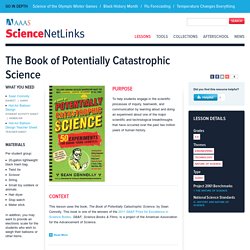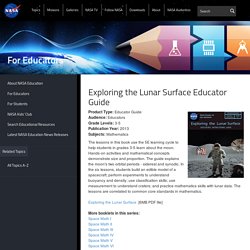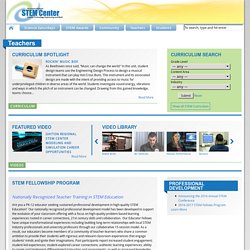

The Book of Potentially Catastrophic Science. Purpose To help students engage in the scientific processes of inquiry, teamwork, and communication by learning about and doing an experiment about one of the major scientific and technological breakthroughs that have occurred over the past two million years of human history.

Context This lesson uses the book, The Book of Potentially Catastrophic Science, by Sean Connolly. This book is one of the winners of the 2011 SB&F Prize for Excellence in Science Books. SB&F, Science Books & Films, is a project of the American Association for the Advancement of Science. As students learn science in school, they learn a great deal of content and information about the natural world. This lesson for grades 6-8 helps answer this question by making use of The Book of Potentially Catastrophic Science, a collection of science experiments that can be performed at home and in school. Ideas in this lesson are also related to these concepts found in the Common Core State Standards: Read More Planning Ahead. Whydoscientists. Instruction Tools - Instructional Leadership for Science Practices.
Paper Mechatronics – Build your system. Creating high-low tech kits to promote engineering. Seeds of Science/Roots of Reading. Learning Design Group. The Argumentation Toolkit - Home. Exploring the Lunar Surface Educator Guide. Product Type: Educator GuideAudience: EducatorsGrade Levels: 3-5Publication Year: 2013Subjects: Mathematics The lessons in this book use the 5E learning cycle to help students in grades 3-5 learn about the moon.

Hands-on activities and mathematical concepts demonstrate size and proportion. The guide explains the moon's two orbital periods - sidereal and synodic. In the six lessons, students build an edible model of a spacecraft; perform experiments to understand buoyancy and density; use classification skills; use measurement to understand craters; and practice mathematics skills with lunar data. The lessons are correlated to common core standards in mathematics. Exploring the Lunar Surface [6MB PDF file] Space Math @ NASA. Mathematics Grade 6 Chapter 1 - Dividing Multi-digit Whole Numbers [Click Here] - Students will learn about satellites that gather data about Earth systems through reading a NASA press release and viewing a NASA eClips video segment.

Then students will practice dividing multi-digit numbers using satellite data related to Earths ozone layer. Featured NASA Missions: Aura Chapter 2 - Translating between Tables and Expressions [Click Here] - Students will learn about black holes through reading a NASA press release and viewing a NASA eClips video segment. Then students will use tables and mathematical expressions to compare black hole sizes and temperatures. Featured NASA Missions: Chandra, Swift Chapter 3 - Understanding Decimals [Click Here] - Students will learn about the Cassini mission and its exploration of Saturns moons through reading a NASA press release. Mathematics Grade 7 Mathematics Grade 8.
Teachers. Nationally Recognized Teacher Training in STEM Education Are you a PK-12 educator seeking sustained professional development in high-quality STEM Education?

Our nationally recognized professional development model has been developed to support the evolution of your classroom offering with a focus on high-quality problem based learning experiences rooted in career connections, 21st century skills and collaboration. Our Educator Fellows have unique transformational experiences including building long-term relationships with local STEM Industry professionals and university professors through our collaborative 15-session model. As a result, our educators become members of a community of teacher-learners who share a common ambition to provide their students with rigorous and relevant classroom experiences that engage students’ minds and ignite their imaginations. NOVA Labs. DiscoverE Engineering.